Death Valley National Park
Death Valley National Park is an American national park that straddles the California–Nevada border, east of the Sierra Nevada. The park boundaries include Death Valley, the northern section of Panamint Valley, the southern section of Eureka Valley and most of Saline Valley. The park occupies an interface zone between the arid Great Basin and Mojave deserts, protecting the northwest corner of the Mojave Desert and its diverse environment of salt-flats, sand dunes, badlands, valleys, canyons and mountains. Death Valley is the largest national park in the contiguous United States, as well as the hottest, driest and lowest of all the national parks in the United States. It contains Badwater Basin, the second-lowest point in the Western Hemisphere at 282 feet (86 m) below sea level. More than 93% of the park is a designated wilderness area. The park is home to many species of plants and animals that have adapted to this harsh desert environment including creosote bush, Joshua tree, bighorn sheep, coyote, and the Death Valley pupfish, a survivor from much wetter times. UNESCO included Death Valley as the principal feature of its Mojave and Colorado Deserts Biosphere Reserve in 1984.A series of Native American groups inhabited the area from as early as 7000 BC, most recently the Timbisha around 1000 AD who migrated between winter camps in the valleys and summer grounds in the mountains. A group of European Americans, trapped in the valley in 1849 while looking for a shortcut to the gold fields of California, gave the valley its name, even though only one of their group died there. Several short-lived boom towns sprang up during the late 19th and early 20th centuries to mine gold and silver. The only long-term profitable ore to be mined was borax, which was transported out of the valley with twenty-mule teams. The valley later became the subject of books, radio programs, television series, and movies. Tourism expanded in the 1920s when resorts were built around Stovepipe Wells and Furnace Creek. Death Valley National Monument was declared in 1933 and the park was substantially expanded and became a national park in 1994.The natural environment of the area has been shaped largely by its geology. The valley is actually a graben with the oldest rocks being extensively metamorphosed and at least 1.7 billion years old. Ancient, warm, shallow seas deposited marine sediments until rifting opened the Pacific Ocean. Additional sedimentation occurred until a subduction zone formed off the coast. The subduction uplifted the region out of the sea and created a line of volcanoes. Later the crust started to pull apart, creating the current Basin and Range landform. Valleys filled with sediment and, during the wet times of glacial periods, with lakes, such as Lake Manly.
In 2013, Death Valley National Park was designated as a dark sky park by the International Dark-Sky Association.
- 1 Geographic setting
- 2 Climate
- 3 Human history
- 4 Geologic history
- 5 Biology
- 6 Activities
- 7 See also
-
8
References
- 8.1 Explanatory notes
- 8.2 Citations
- 8.3 Bibliography
- 9 External links
Links
Images Gallery
-
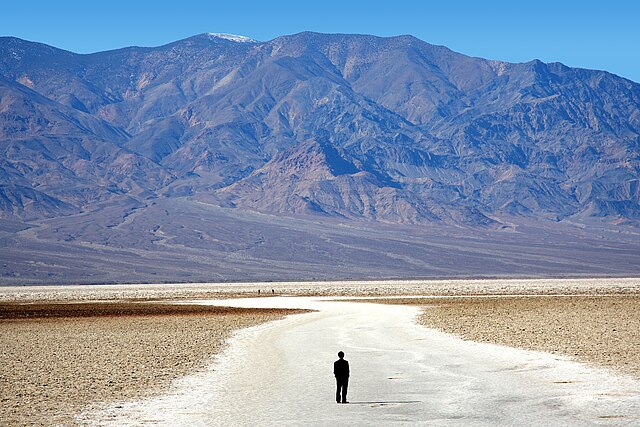
-

-
-
-

-

-

-
-

-
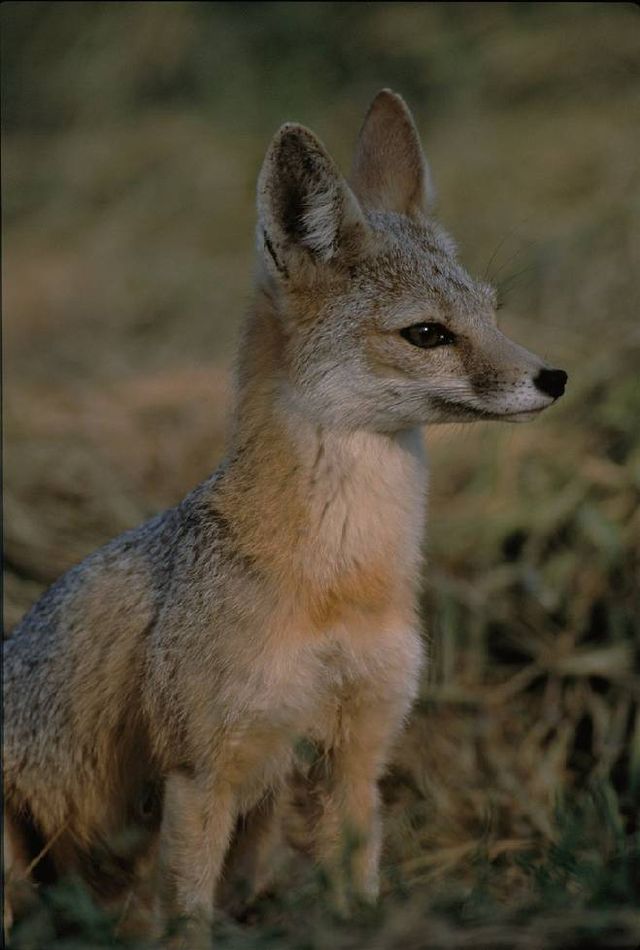
-

-

-
-
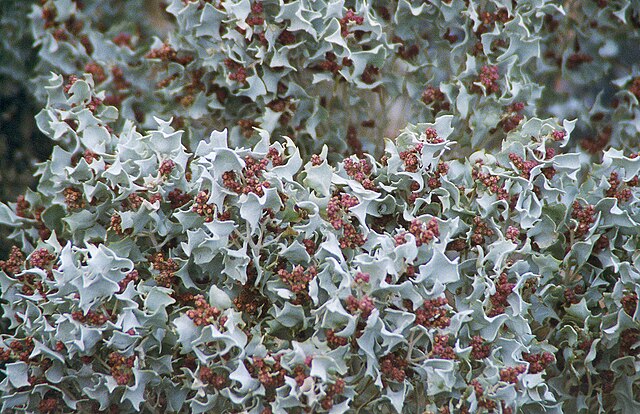
-
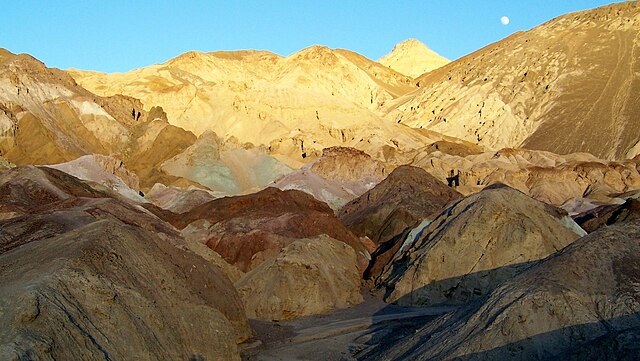
-
-
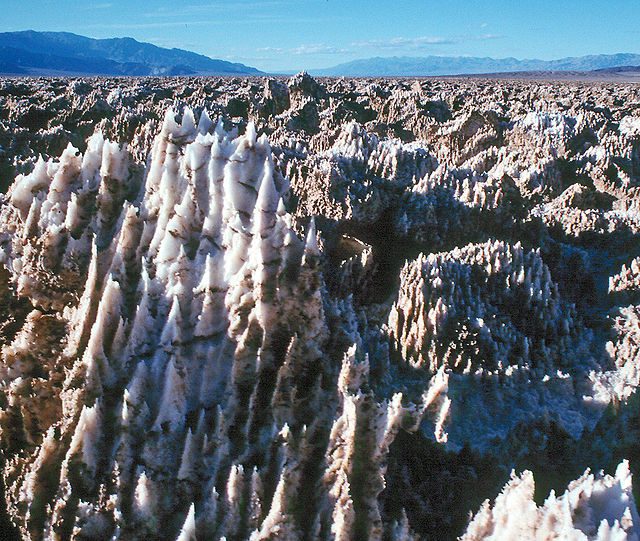
-

-
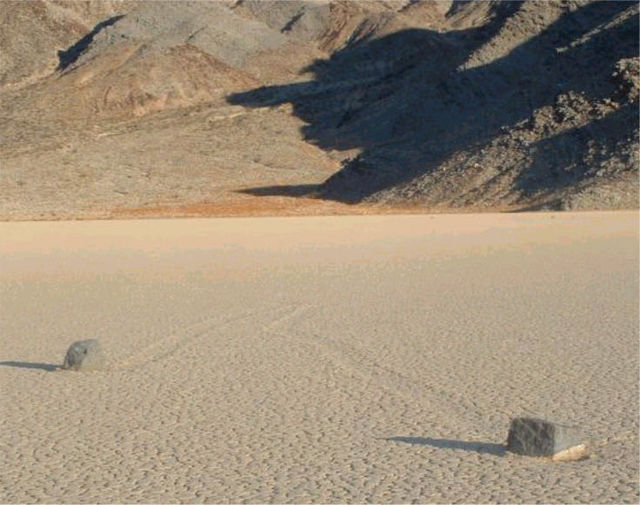
-
-
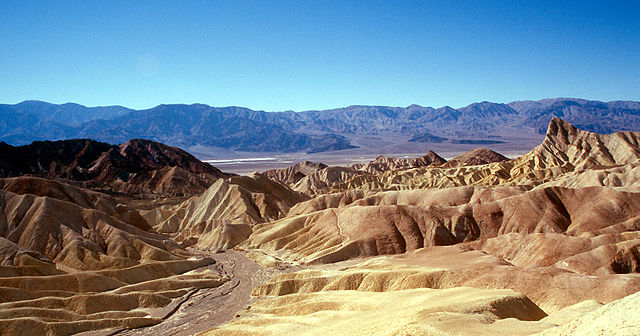
-

-
 A cross section through the highest and lowest points in Death Valley National Park
A cross section through the highest and lowest points in Death Valley National Park
-
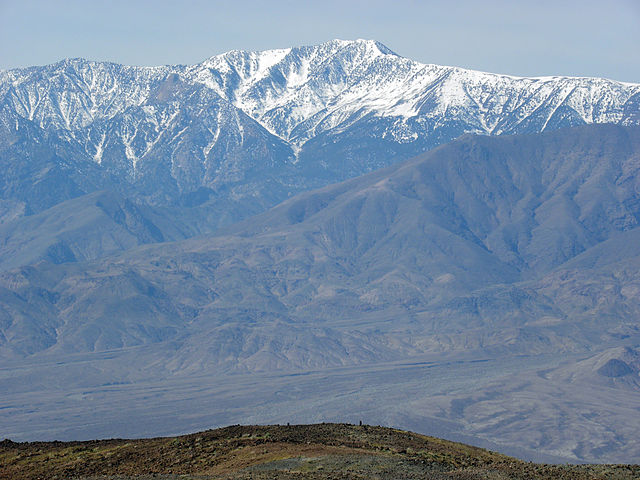 Telescope Peak
Telescope Peak
-
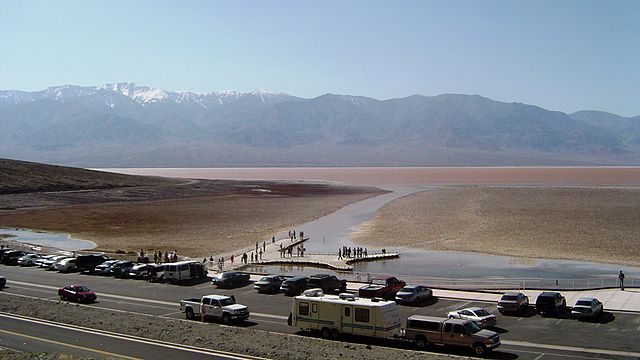 Lake Badwater, March 2005
Lake Badwater, March 2005
-
Petroglyphs above Mesquite Springs
-
 Historical locomotive for transporting borax in Death Valley
Historical locomotive for transporting borax in Death Valley
-
 A twenty-mule team in Death Valley
A twenty-mule team in Death Valley
-
Scotty's Castle under construction
-
 Civilian Conservation Corps workers in Death Valley
Civilian Conservation Corps workers in Death Valley
-
 Telescope and Wildrose Peaks from Emigrant Canyon Road
Telescope and Wildrose Peaks from Emigrant Canyon Road
-
 The Death Valley basin is filled with sediment (light yellow) eroded from the surrounding mountains. Black lines show some of the major faults that created the valley.
The Death Valley basin is filled with sediment (light yellow) eroded from the surrounding mountains. Black lines show some of the major faults that created the valley.
-
 The Noonday Dolomite was formed as a carbonate shelf after the break-up of Rodinia.
The Noonday Dolomite was formed as a carbonate shelf after the break-up of Rodinia.
-
 The Lake Manly lake system as it might have looked during its last maximum extent 22,000 years ago[45] (USGS image)
The Lake Manly lake system as it might have looked during its last maximum extent 22,000 years ago[45] (USGS image)
-
 During very wet periods, the Amargosa River can flow at the surface, as it did in February 2005.
During very wet periods, the Amargosa River can flow at the surface, as it did in February 2005.
-
 Sphinx moth on a rock nettle in Mosaic Canyon
Sphinx moth on a rock nettle in Mosaic Canyon
-
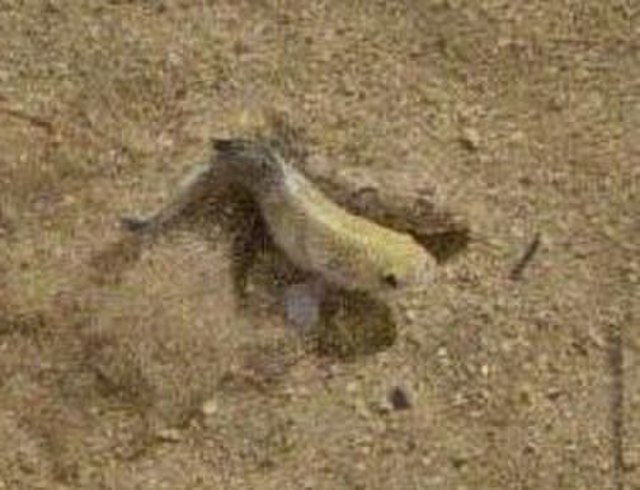 Death Valley pupfish spawning in Salt Creek
Death Valley pupfish spawning in Salt Creek
-
A tourist sliding down Star Dune in the Mesquite Flat dune field
-
 A 360-degree panorama of Racetrack Playa at night. The Milky Way is visible as an arc in the center.
A 360-degree panorama of Racetrack Playa at night. The Milky Way is visible as an arc in the center.
-
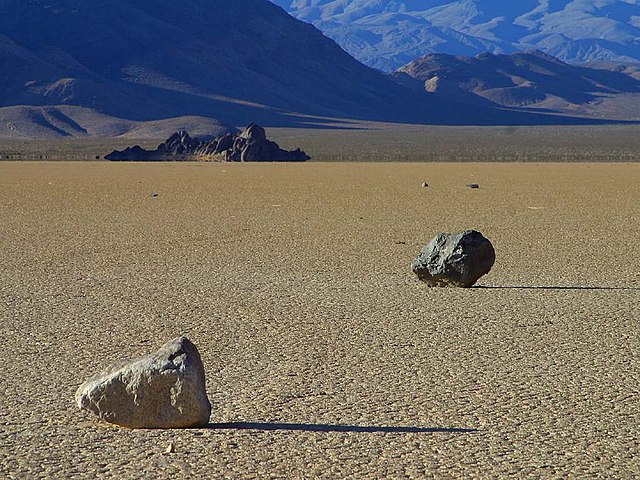
-
-
-
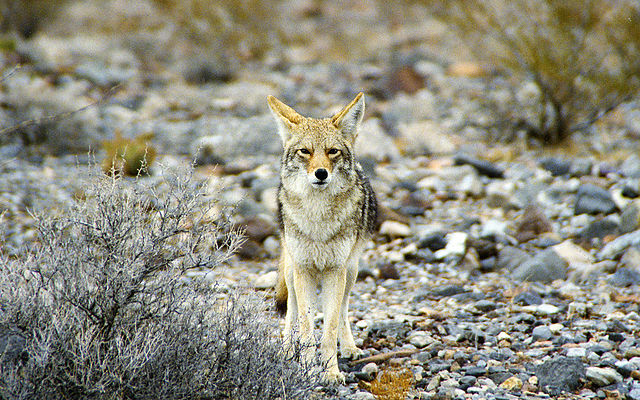
-
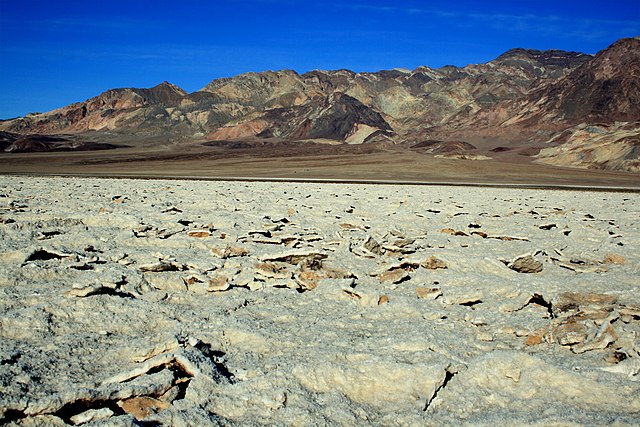
-
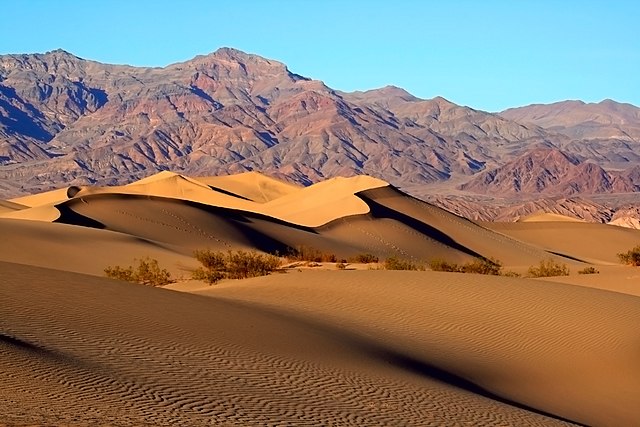
-

-
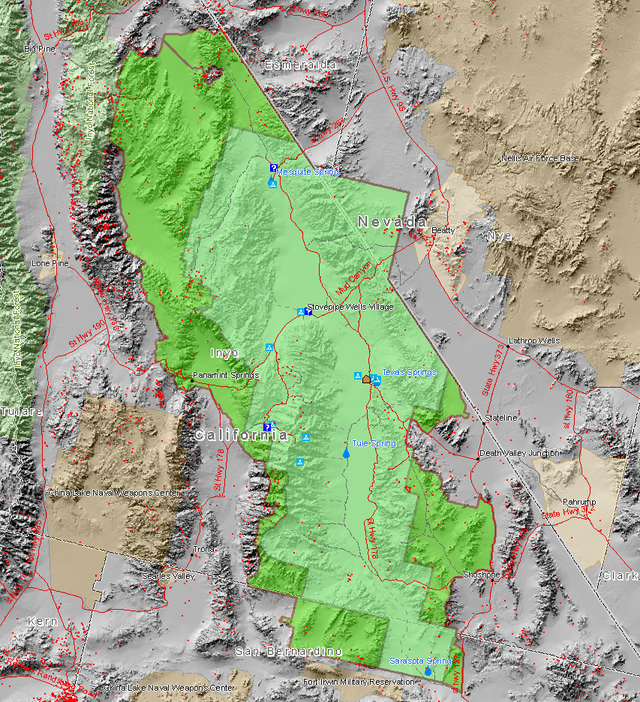
-

-

-
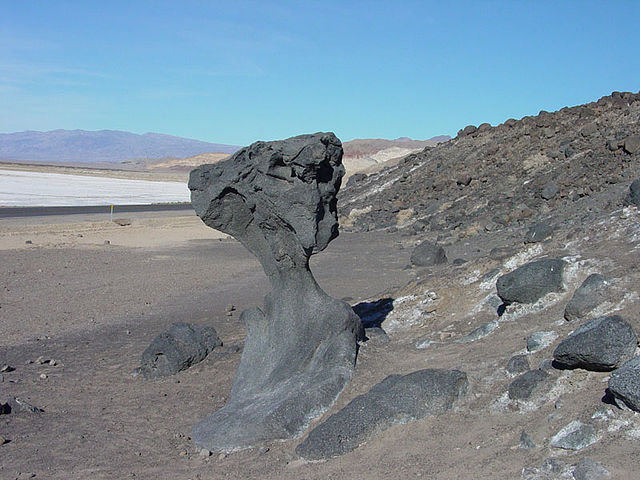
-

-

-

-

-

-

-

-

-
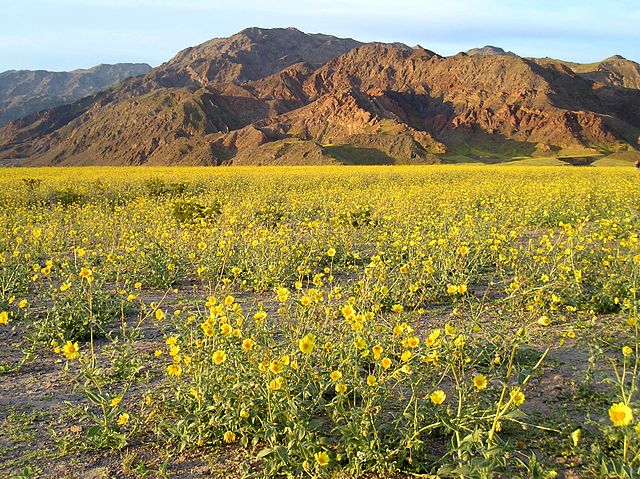
-

-
-

-

-

-
-

-

-
-
-
-

-
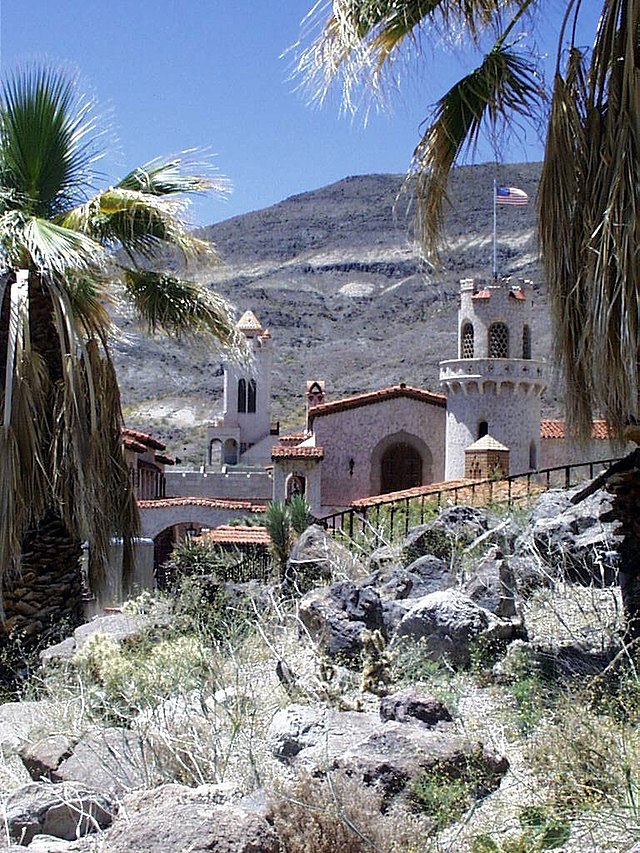
-

-

-

-

-

-

-
-

-
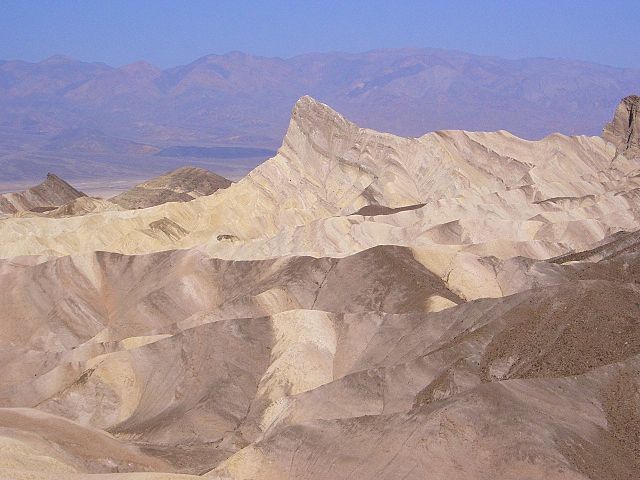
-

-

-

-

-

-

-

-
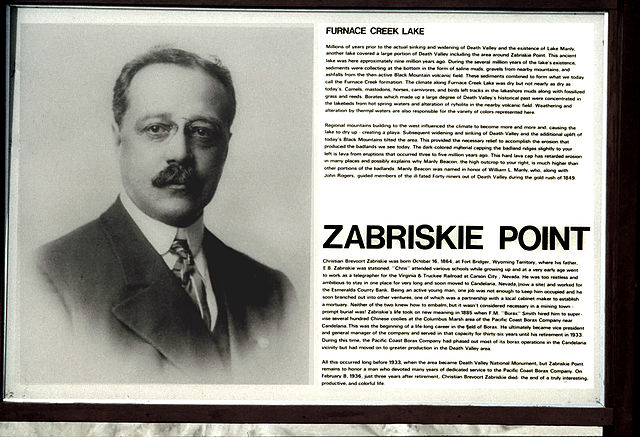
-

-

-

-

-
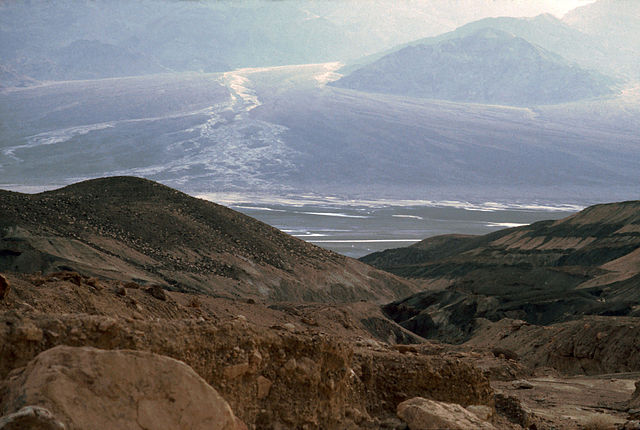
-

-
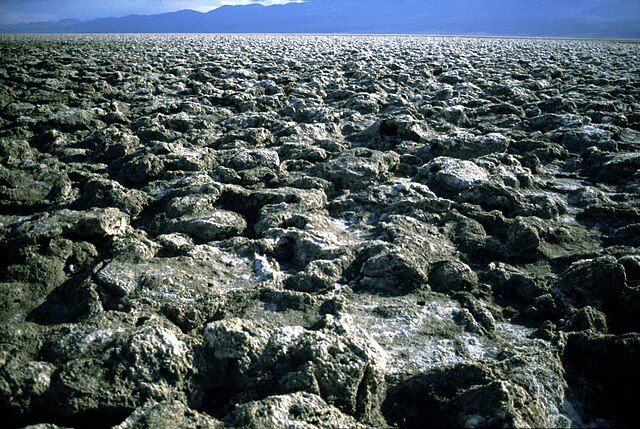
-

-

-
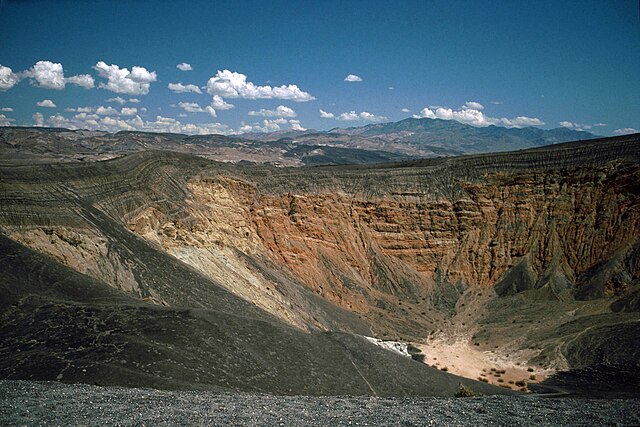
-

-

-

-

-

-

-
-
-

-
-
-
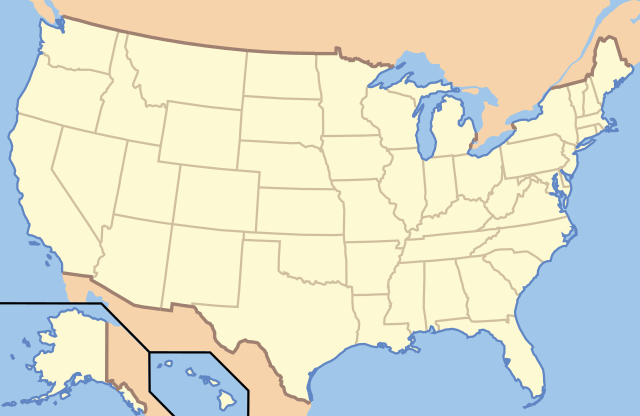
-
-
-

-

-
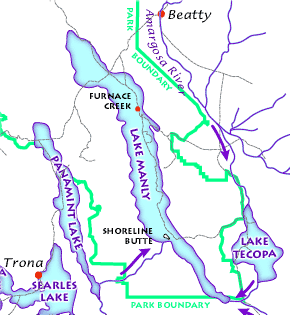
-
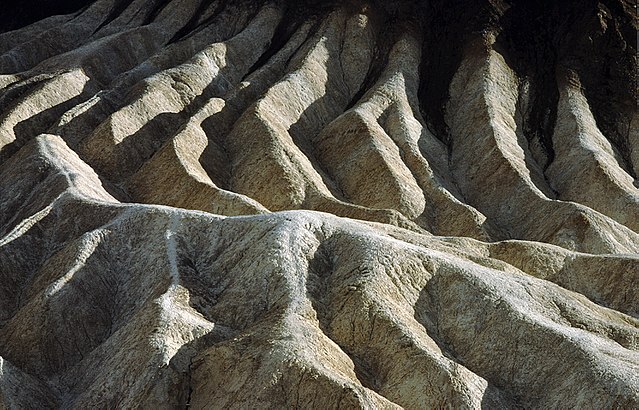
-

-

-

-

-

-

-
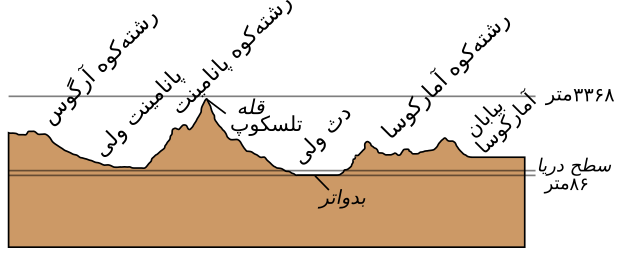
-

-

-

-
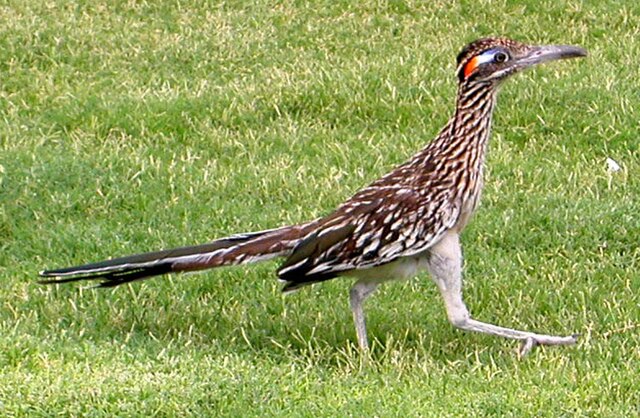
-

-
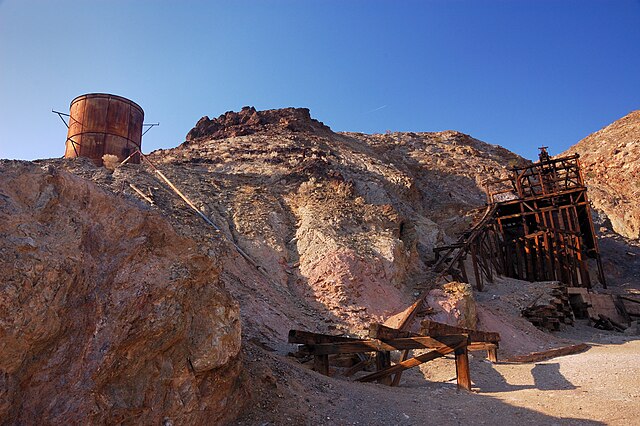
-

-

-

-

-

-
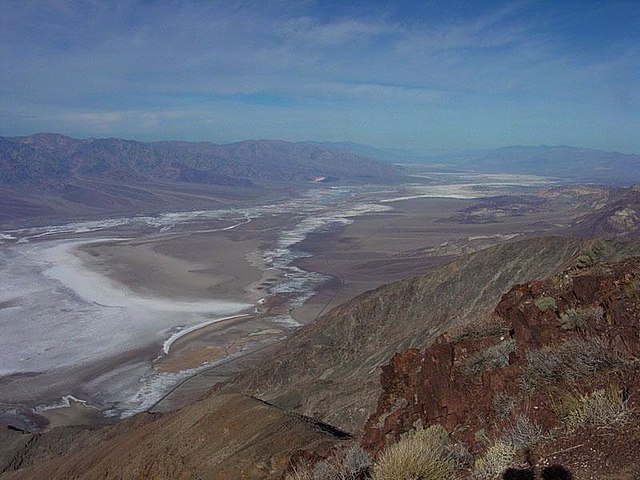
-

-
-
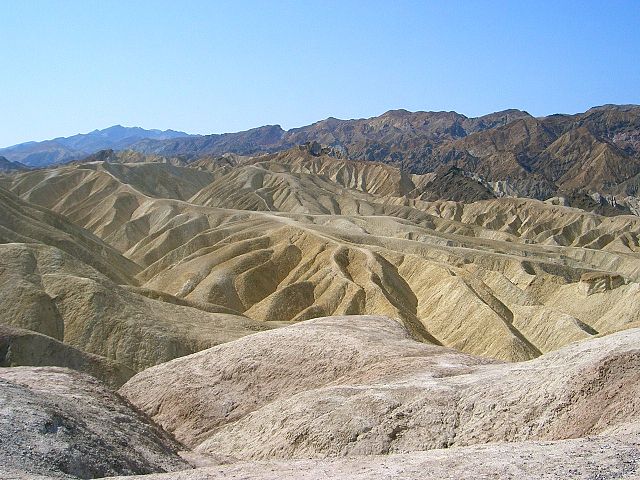
-

-

-
-

-

-

-
-

-

-

Comments
Share your experience with others and write the first comment about the location



















































































































































